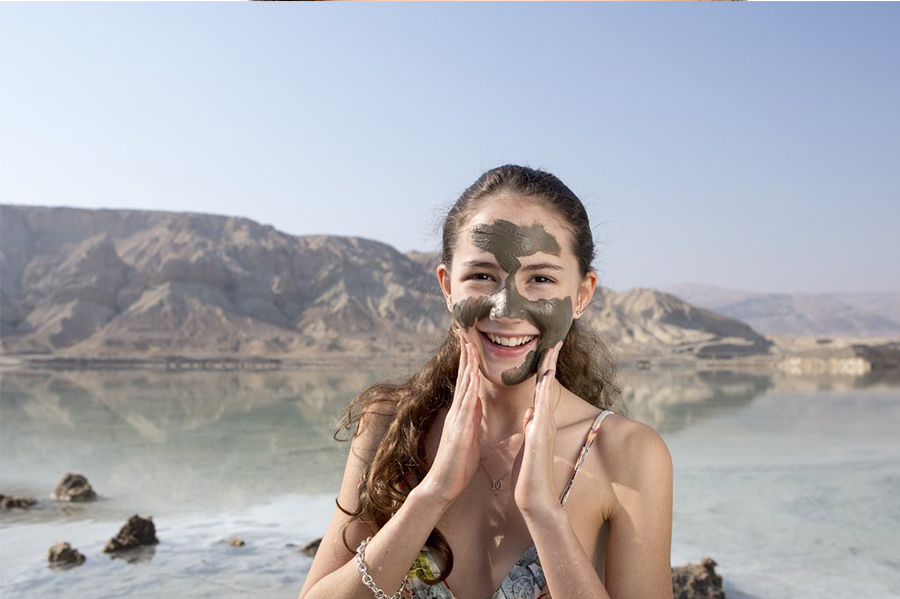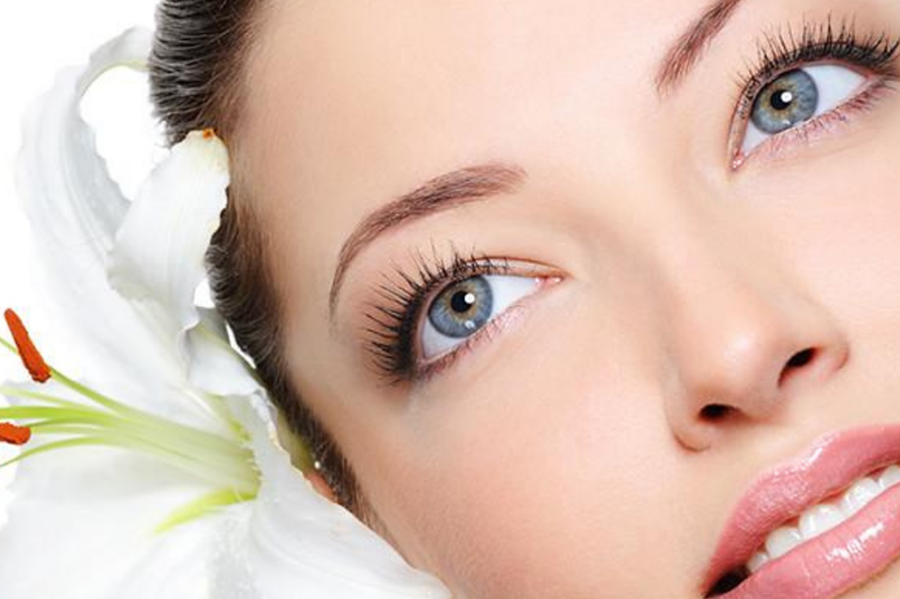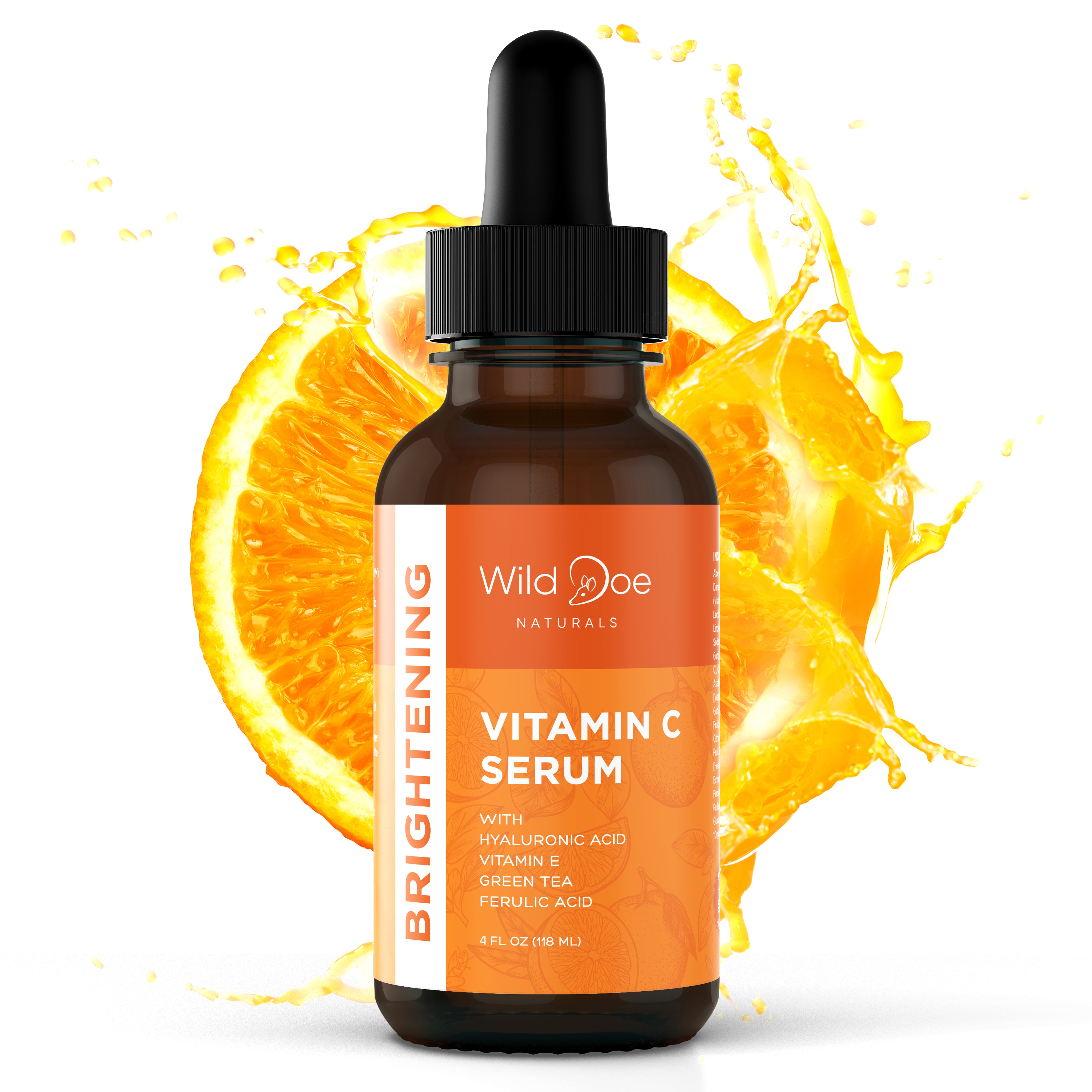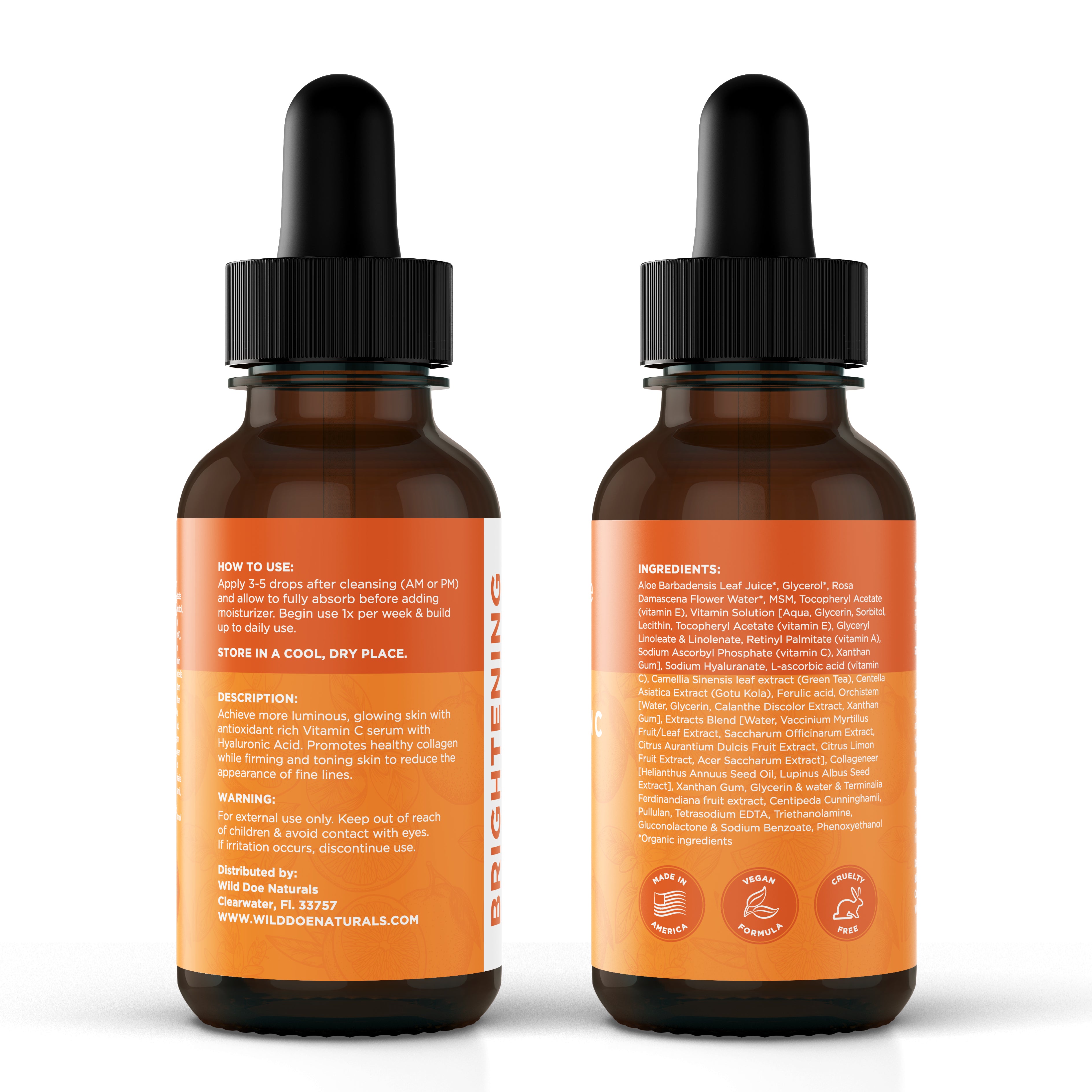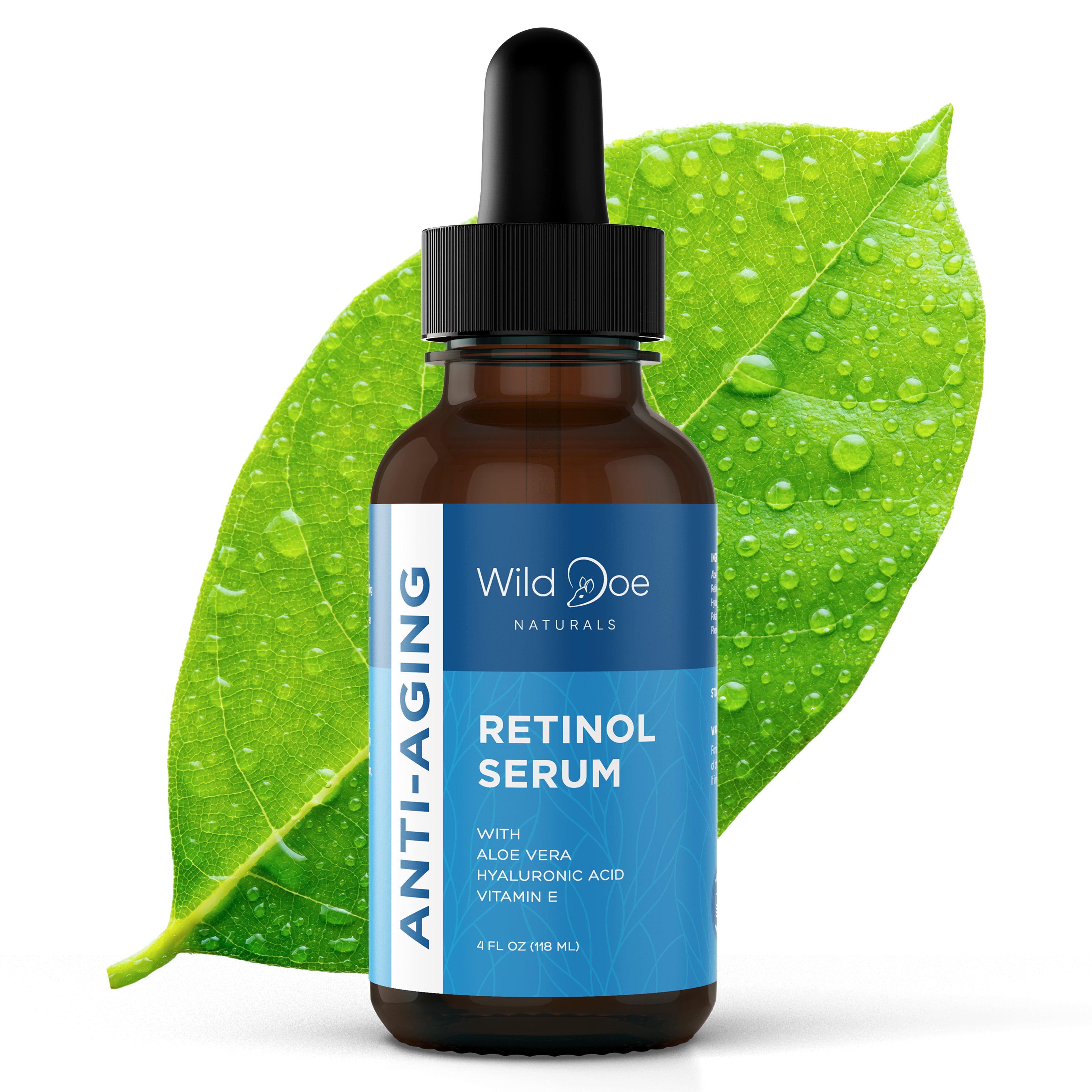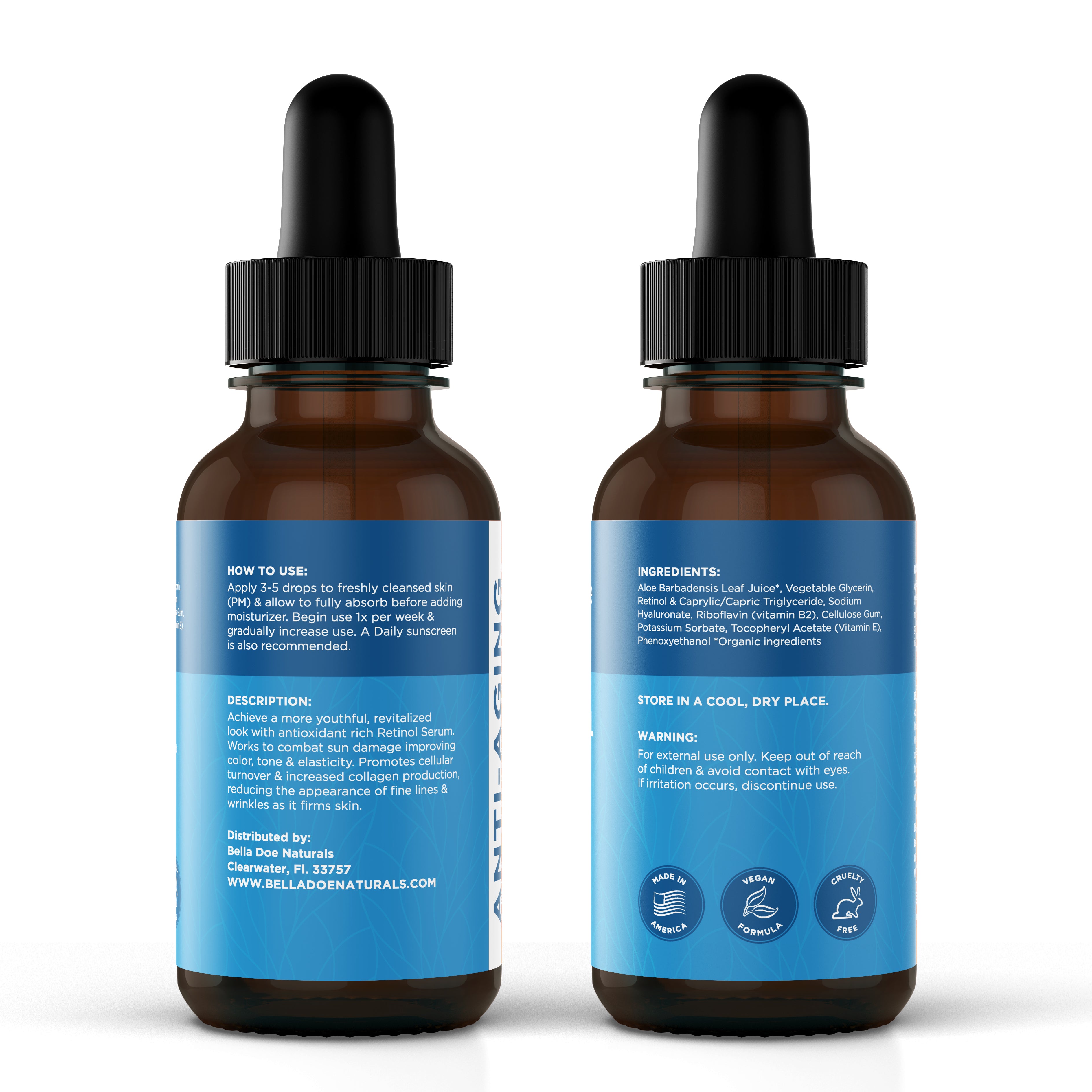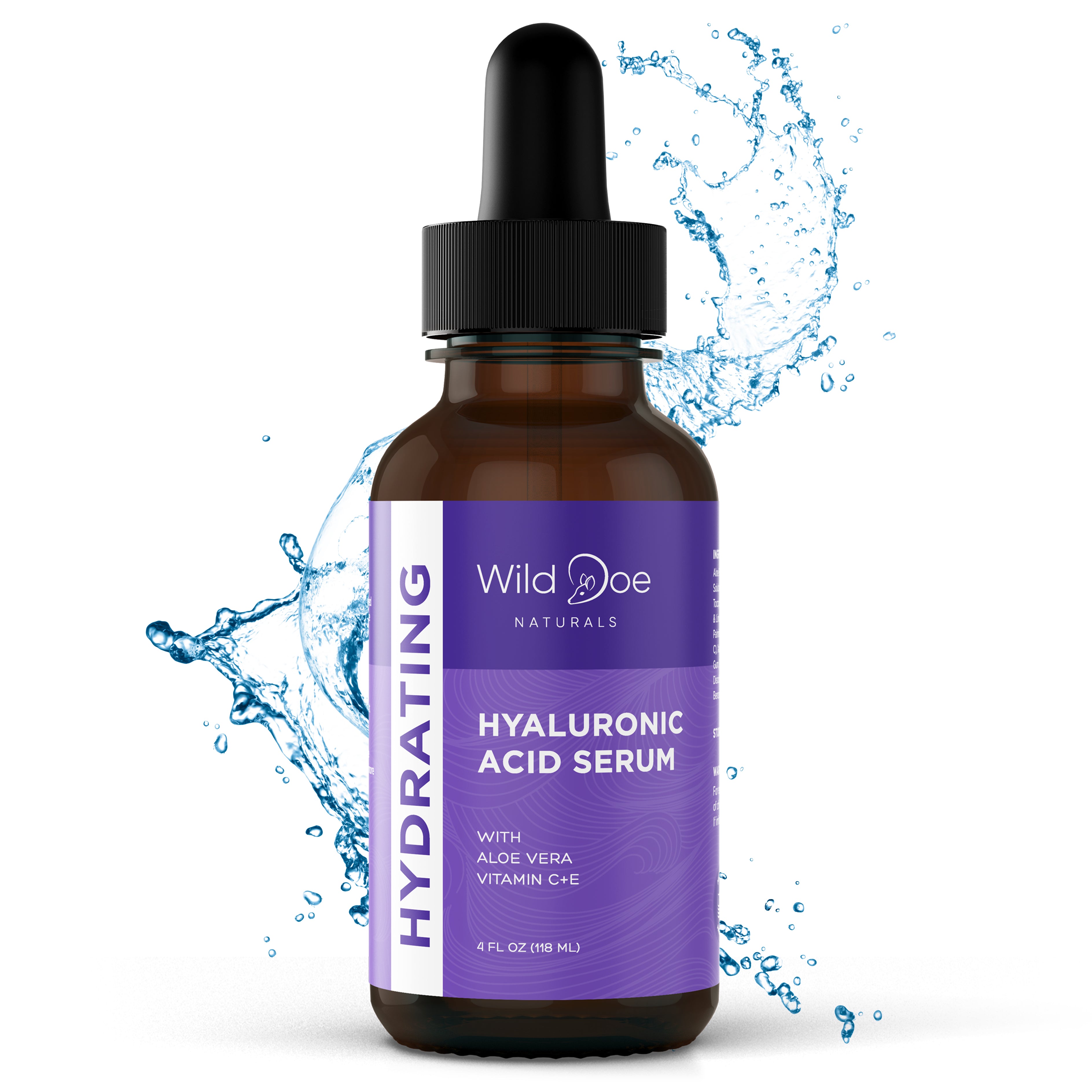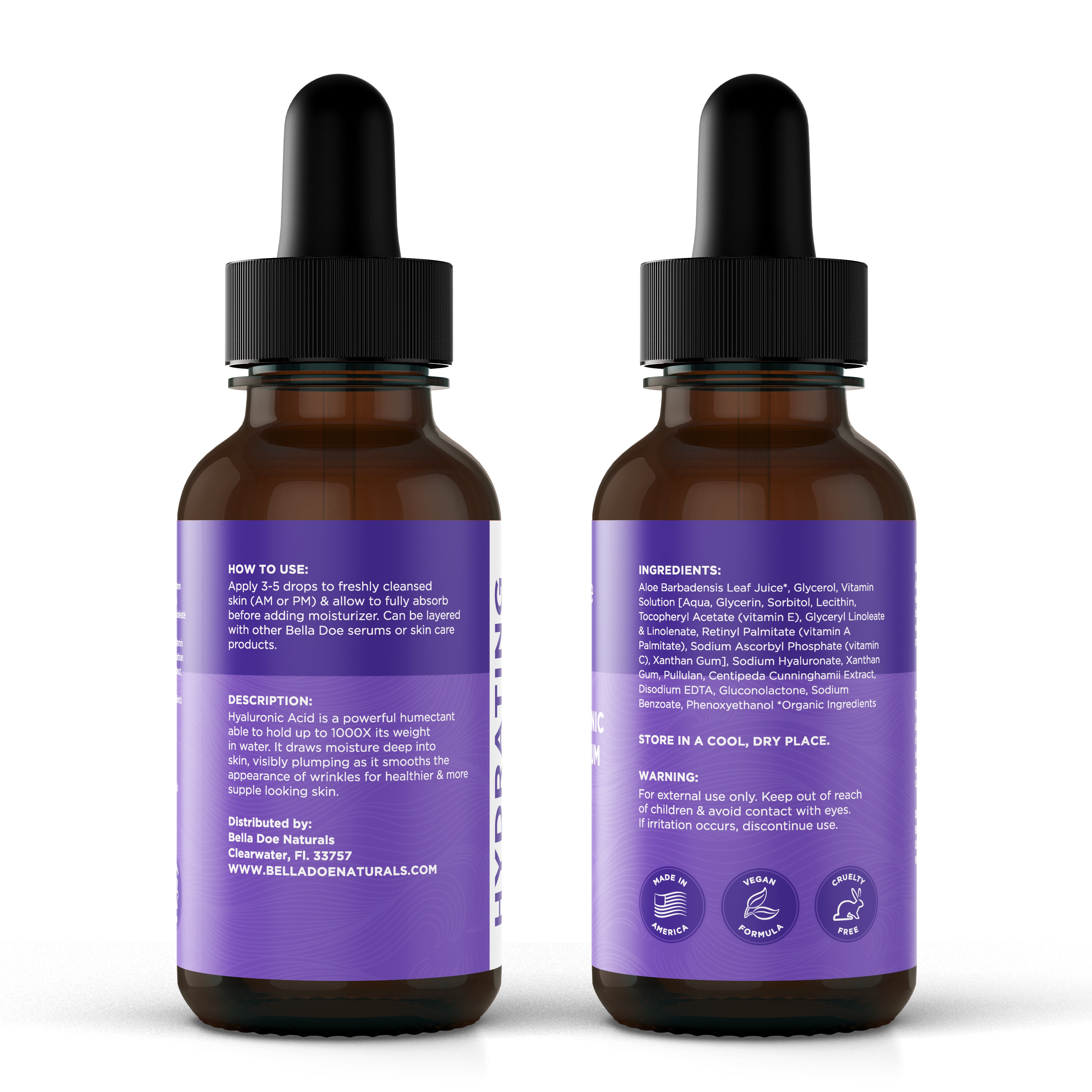
How to make a Bentonite Clay Mask for Best Results

What is Bentonite Clay?
If you have not yet heard of Bentonite clay it is a naturally occurring substance formed from volcanic ash sediment which has been found to possess unique properties making it particularly beneficial in the production of radiant skin.
Not only is Sodium Bentonite highly absorbent, making it ideal for those combating oily skin, but when exposed to water, this magical clay produces an electrical charge which draws impurities, toxins and even heavy metals out of pores and cells. This explains why the clay is so effective in treating acne.
Beyond this, it reduces inflammation and irritation, has antibacterial properties and can even be used as a poultice directly on rashes or other types of skin abrasion.
Originally dubbed “healing clay” by the ancients, the clay continues to be popularized for use in skin care and in promoting general good health today.
Ingredients/Tools:
- 2 Spoons of Sodium Bentonite Clay
- 2 Spoons of your preferred liquid such as water and/or Apple cider Vinegar – more on this later
- Plastic bag or bowl
- Plastic spoon
- Brush for application (you may use clean fingers if preferred)

Tips on Apple Cider Vinegar
You can use equal spoonfuls of Apple Cider Vinegar to Clay (meaning 2 of each).
This is what we did in the demo however if you have sensitive skin, you may want to use a dilution of 1 spoon water and 1 spoon vinegar to 2 spoons clay (or use 100% water). This is because vinegar is astringent and use of Apple Cider Vinegar can cause a slight burning sensation. Basically, use less if you have open sores, chapped skin or know your skin to be very sensitive.
On the bright side, Apple Cider vinegar (ACV) brings its own wealth of added benefits to the Table when used in a facial mask!
The Alpha-Hydroxy acid in ACV increases the rate of cell turnover by removing dead skin cells so that more healthy and vibrant skin is revealed. As a result, use of the vinegar reduces the appearance of age spots or hyper-pigmentation, evens skin tone and enhances overall results.
The Malic Acid in Apple Cider Vinegar is a powerful antibacterial, antifungal and antiviral which not only treats acne and blemishes but prevents these from forming.
Lastly, ACV helps to balance PH levels in skin and controls the production of sebum which can cause skin to appear oily. The result is a soft, smooth and more even complexion.
Getting Started:
Be sure to use quality ingredients such as 100% Pure Sodium Bentonite Clay.
1. Use a regular facial cleanser to thoroughly wash your face prior to using. This will loosen the junk trapped in your pores and rid your face of any make-up residue so the mask can better penetrate deep into skin and will be the most effective.
2. You’ll want to use a plastic spoon as exposing the clay to metal can interfere with its natural electrical charges and functioning. Measure out 2 spoonfuls of clay into your plastic bag.

3. Measure out equal parts liquid of your choice, (I used 2 spoons of Apple Cider Vinegar. Dilute this with water if you have sensitive skin).
4. Close and seal the bag. Knead the mixture with your hands until it has been well integrated. It should be slightly liquidy but not too much -about the texture of soft mud.

5. Use a brush or your fingers to apply all over face, avoiding the eyes and lips.

6. Wait 15-20 minutes. You’ll feel your skin begin to tighten as the mask dries. This is because the clay contracts as moisture is evaporated. This is a good thing. As this happens the skin will absorb minerals from the clay yielding a radiant glow, while the clay absorbs excess oil and impurities from skin. The mask will lighten as it dries.

7. When the mask has fully dried (for example, if you try to smile and the mask cracks), use a wet wash cloth and lukewarm water to gently massage away the mask. Be sure not to scrub as this can irritate skin. You may notice that your skin appears a bit pink or red after you wash off the mask. This is completely normal and if it occurs, usually goes away shortly.
8. Moisturize skin normally and enjoy soft and dewy skin.

It is recommended that you use Bentonite Clay as a facemask no more then 1-2 times per week.
Be sure to check back regularly for more cool tips and recipes on how to use Bentonite Clay as well as our full range of Natural Do-it-yourself beauty products!
We’d love to hear about your experiences using them or anything else you’d like to see from us.

